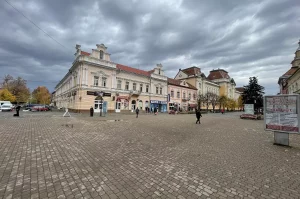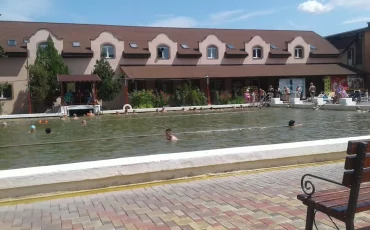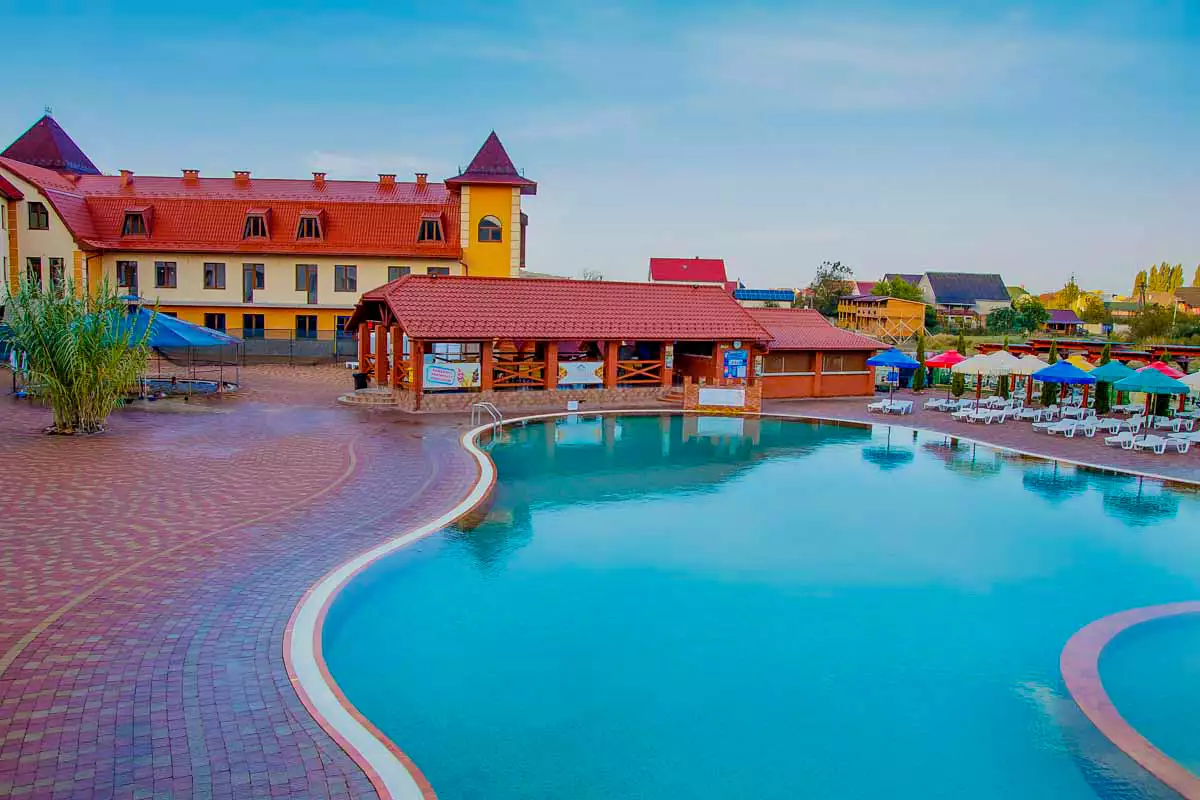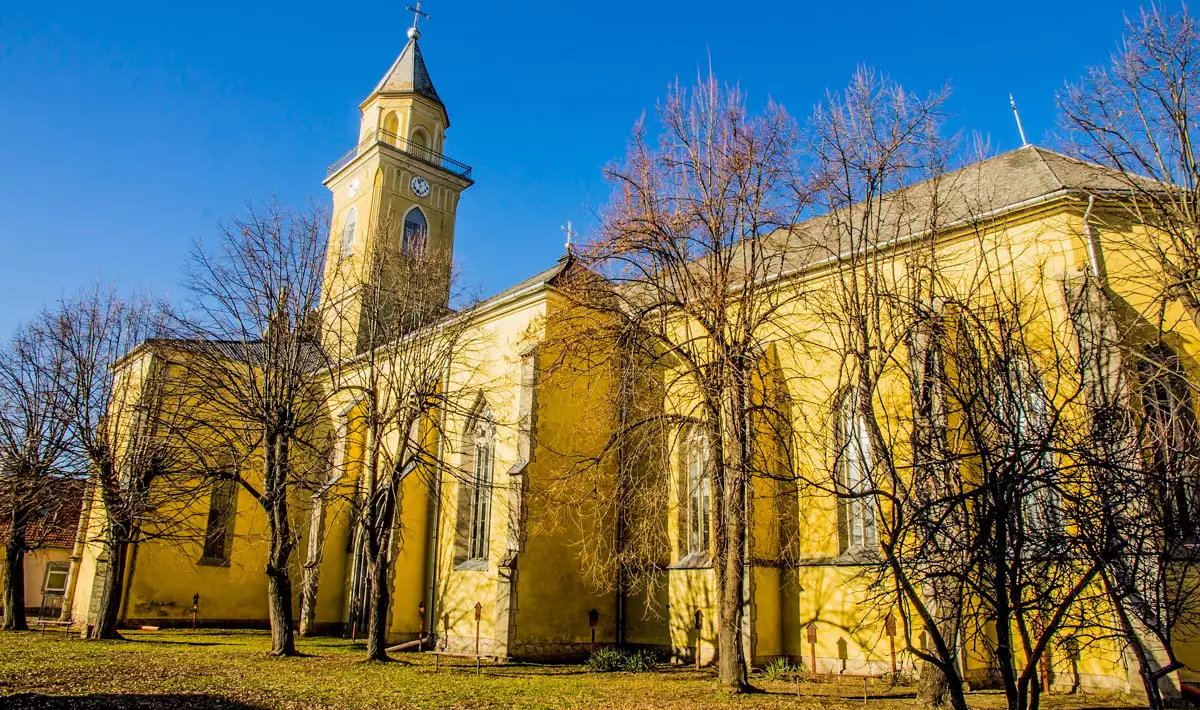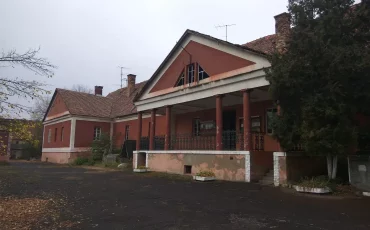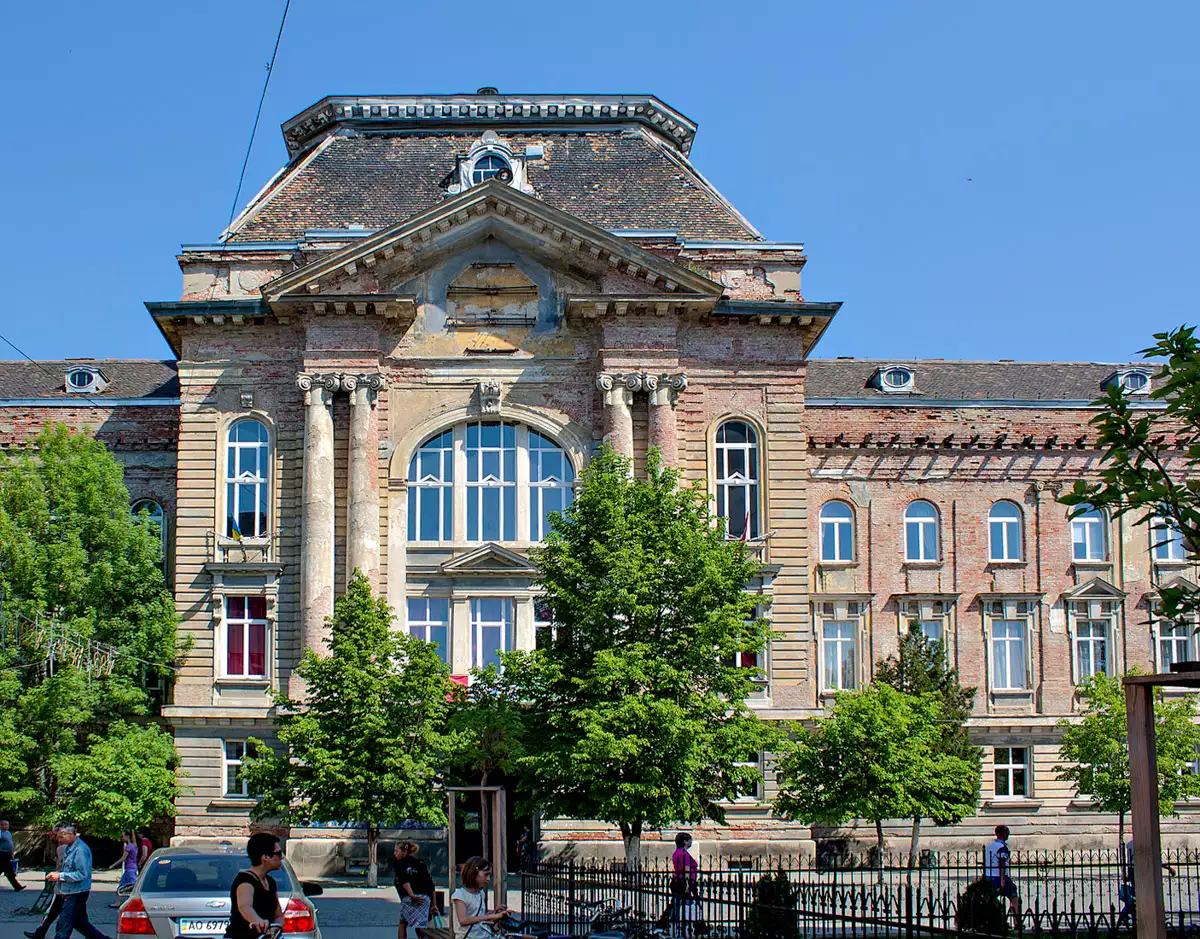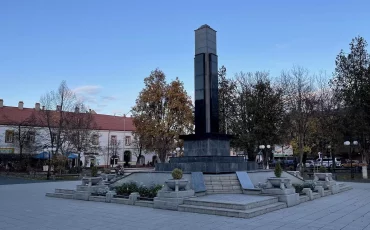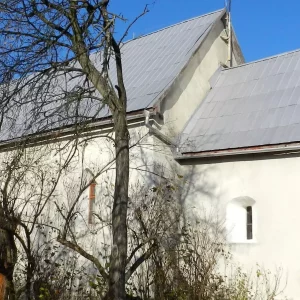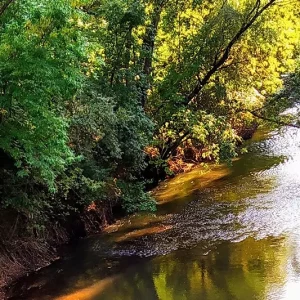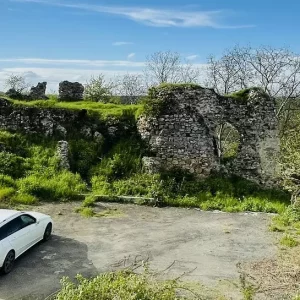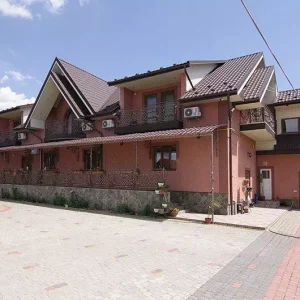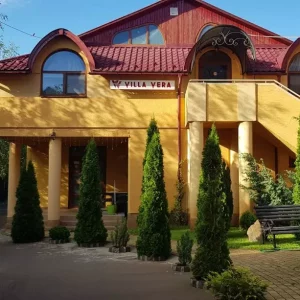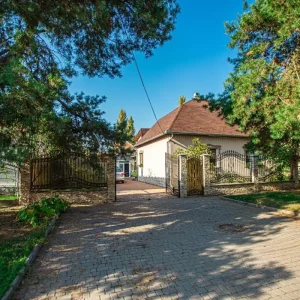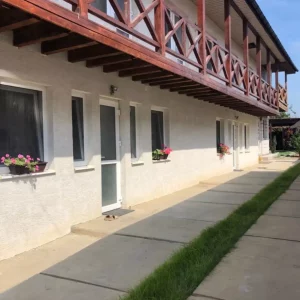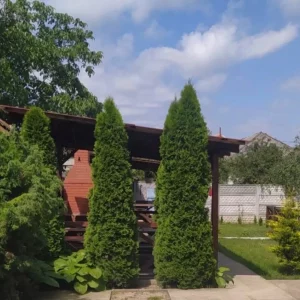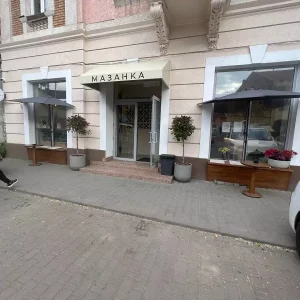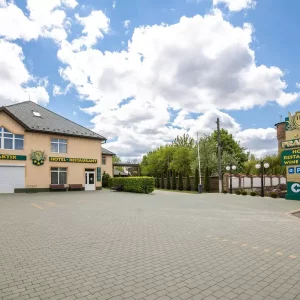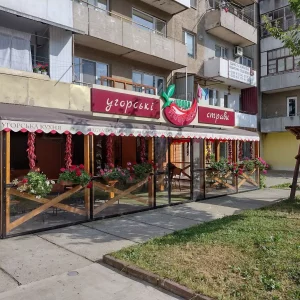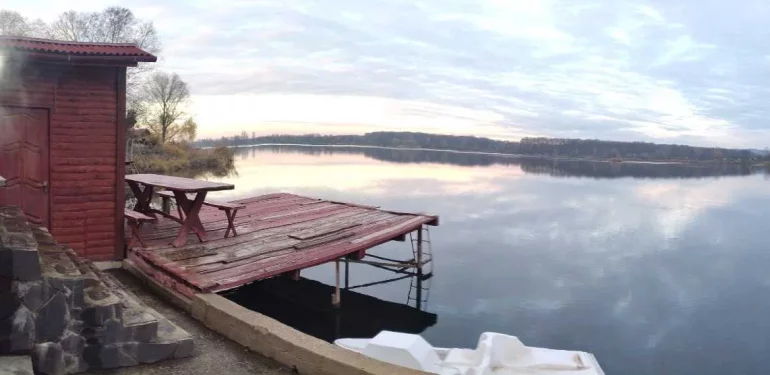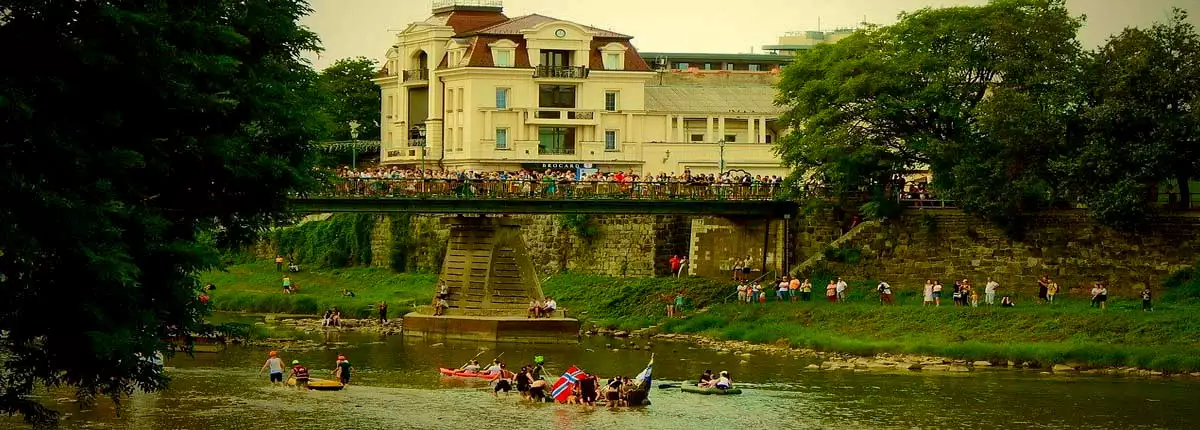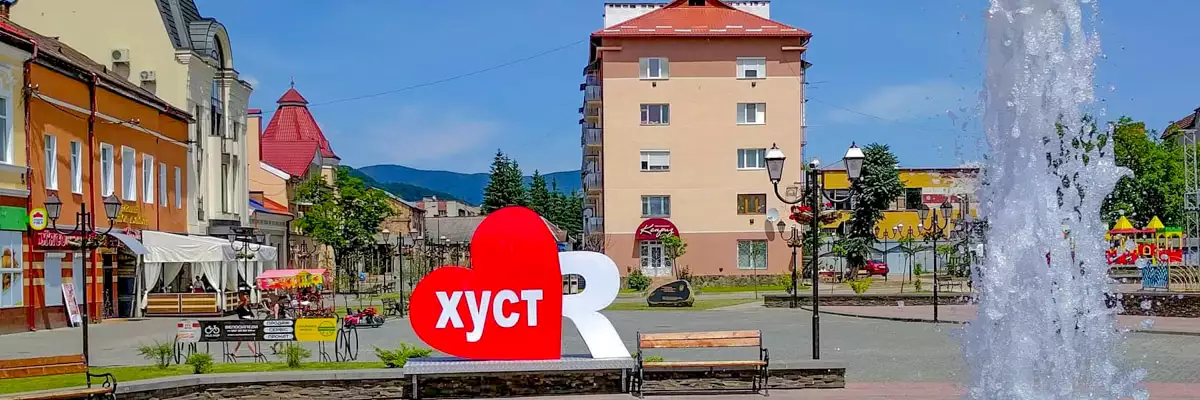History of Beregovo
People have been living on the site of modern Beregovo since ancient times. There is even a version of the Roman border settlement Perigium, which existed here during the Roman Empire.
According to the legend, the city has its origins in the creation of a church on Ferenc Rakoczy Square in the 12th century. An ancient legend tells of a shepherd named Sas and his pugnacious bulls. After another “bullfight” on the bank of the Vyrke River, where the church now stands, Sas found a pot of gold in a place trampled by cattle. With this money, the shepherd built a church over the river. This is supposedly the name of the town: “Bereg-Sas”.
Another version is suggested by a memorial plaque on the facade of the aforementioned church in honour of Duke Lampert, the youngest son of the Hungarian king Bela. Historians attribute to him the honour of founding the settlement in 1063, which for some time even bore the name of its founder: Lampertgaza, or Villa Lampert.
In the middle of the twelfth century, the city was owned by the Hungarian kings of the Arpadovich dynasty, who launched their military campaigns against Galicia from here. In 1141, King Geiza II moved the Saxons, the Sasians, from across the Rhine to the city, which was tired of the constant “tours” of the Polovtsians. Since then, the town was called Lampertsas. The settlers from Saxony were granted a number of privileges: the right to move freely, to use the forest, and, since 1247, to trade freely on Saturdays.
It was the Saxons who allegedly established the tradition of growing vines in the town, and also began to mine gold in Muzhiyevo, a few kilometres from Beregovo.
In 1284, a new name for the town appeared for the first time – “Berehsas”. In the Middle Ages, Beregsas was a large city: from 1247 it had the status of a royal city, and in 1271 it became the centre of a zhupanat (county). In 1342, the Hungarian King Ludwig granted Beregsas the status of a royal city and even the right to execute the death penalty, which was quite rare at the time. Later, the city received the right to use a seal. The administrative and judicial body of Beregsas was the council consisting of the starosta and 15 councillors elected by the wealthy bourgeoisie from a list approved by the governor of the dominion. In the charter of 1499, the town was officially named Beregsas after the comitatus Bereg, the centre of which it became in 1271. The town of Beregsas was obliged to provide food to the royal court. Every year, the townspeople sent two loaded carts of tribute to the capital, Buda.
In its history, the long-suffering city has been devastated several times: in 1566, by the Crimean Tatars, and later by the Polish Reitarians. In 1657, the Transylvanian prince Derd II Rakoczy declared war on Poland, but the Poles, having concluded a treaty with the Crimean Khan’s troops, won. On 17 July 1657, Polish soldiers entered Beregsas without meeting any resistance. The population took refuge in the church building. Hetman Lubomirski’s soldiers pogromised the town, and then covered the church building with brushwood and set it on fire. Most people suffocated from the smoke. And on the smoky wall, the hetman gave an order to write in Latin: “Vicem pro vice redo tibi, bone vicine!”, which means: “An eye for an eye, I have paid my debt, dear neighbour!”
The residents of Beregovo are proud of the fact that the anti-Habsburg uprising of 1703-1711 “broke out” in the Beregovo district. The rebels, who were villagers, marched on Beregsas, defeating a detachment of Zupan soldiers on their way, and on 22 May 1703, the rebel leader Tomas Esse unfurled the flag of the rebel prince Ferenc II Rakoczy on the town’s fairgrounds. After the defeat of the uprising, the town was classified as a rebellious one, and in 1728 it and its surroundings were given to the counts of Schönborn.
Due to constant wars and uprisings, Beregsas remained a small provincial town. After another fire in 1880, it received a government loan, which allowed it to pave the streets.
In the 1920s and 1930s, Beregsas was part of Czechoslovakia. In the autumn of 1938, it briefly became part of the autonomous Subcarpathian Rus. However, already on 2 November 1938, by the decision of the Vienna Arbitration Court, Beregsas was transferred to Hungary. On 26 October 1944, the city was liberated from the Nazi occupiers by the troops of the 4th Ukrainian Front. In 1946, the town became a district centre in the Transcarpathian region of the Ukrainian SSR and was renamed the Beregovo. Since 2001, Beregovo has been a city of regional subordination in the Transcarpathian region of independent Ukraine.
